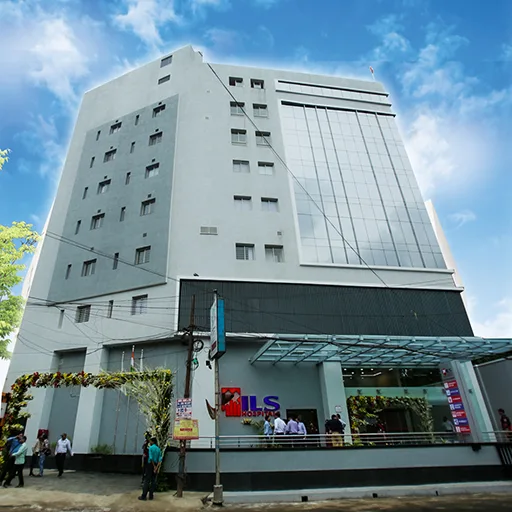Breathe Easy: Navigating Adenotonsillectomy
Greetings from the realm of ENT wellness! Today, we shed light on Adenotonsillectomy, a crucial procedure conducted at ILS Hospitals, aimed at providing relief and restoring optimal health to individuals dealing with adenoid and tonsil-related issues. Let’s embark on a journey to explore the significance, procedure, and benefits of this ENT intervention.
Understanding Adenotonsillectomy:
Adenotonsillectomy is a surgical procedure involving the removal of both the adenoids and tonsils. Adenoids are small pads of tissue located at the back of the throat, while tonsils are situated on both sides of the throat. The surgical removal of these structures is often recommended to alleviate various health concerns, especially in paediatric cases.
Indications for Adenotonsillectomy:
- Recurrent Infections: Chronic or recurrent infections of the adenoids and tonsils, leading to conditions such as tonsillitis and adenoiditis, may necessitate surgical intervention.
- Obstructive Sleep Apnea (OSA): Adenotonsillectomy is a common treatment for children with obstructive sleep apnea, a condition characterized by pauses in breathing during sleep.
- Breathing Difficulties: Enlarged adenoids and tonsils can obstruct the airway, causing difficulty in breathing, especially during sleep.
- Ear Infections: Chronic ear infections that are linked to adenoid and tonsil issues may be addressed through the removal of these structures.
The Adenotonsillectomy Procedure:
- Preoperative Assessment: Before the surgery, a thorough preoperative assessment is conducted, which may include a physical examination, medical history review, and sometimes imaging studies.
- Anaesthesia: Adenotonsillectomy is typically performed under general anaesthesia, ensuring the patient’s comfort and safety during the procedure.
- Surgical Removal: The surgeon accesses the adenoids and tonsils through the mouth, eliminating the need for external incisions. Using specialized instruments, the adenoids and tonsils are carefully removed.
- Haemostasis and Closure: Haemostasis, or the control of bleeding, is ensured, and dissolvable sutures may be used to close any incisions.
- Recovery and Observation: Following the procedure, patients are monitored in a recovery area to ensure a smooth transition from anaesthesia. In some cases, an overnight stay may be recommended for observation.
Benefits of Adenotonsillectomy:
- Resolution of Infections: By removing the adenoids and tonsils, the likelihood of recurrent infections, such as tonsillitis and adenoiditis, is significantly reduced.
- Improved Breathing: Adenotonsillectomy can alleviate breathing difficulties caused by enlarged adenoids and tonsils, promoting better airflow.
- Treatment of Sleep Apnea: In cases of obstructive sleep apnea, adenotonsillectomy is often an effective treatment, providing relief from sleep disturbances.
- Prevention of Complications: Addressing adenoid and tonsil issues through surgery helps prevent potential complications, such as chronic ear infections.
ILS Hospitals’ Commitment to ENT Wellness:
At ILS Hospitals, our ENT specialists are dedicated to providing comprehensive and compassionate care for individuals requiring adenotonsillectomy. We understand the impact of adenoid and tonsil health on overall well-being and are committed to delivering personalized solutions that ensure optimal ENT health.





























































